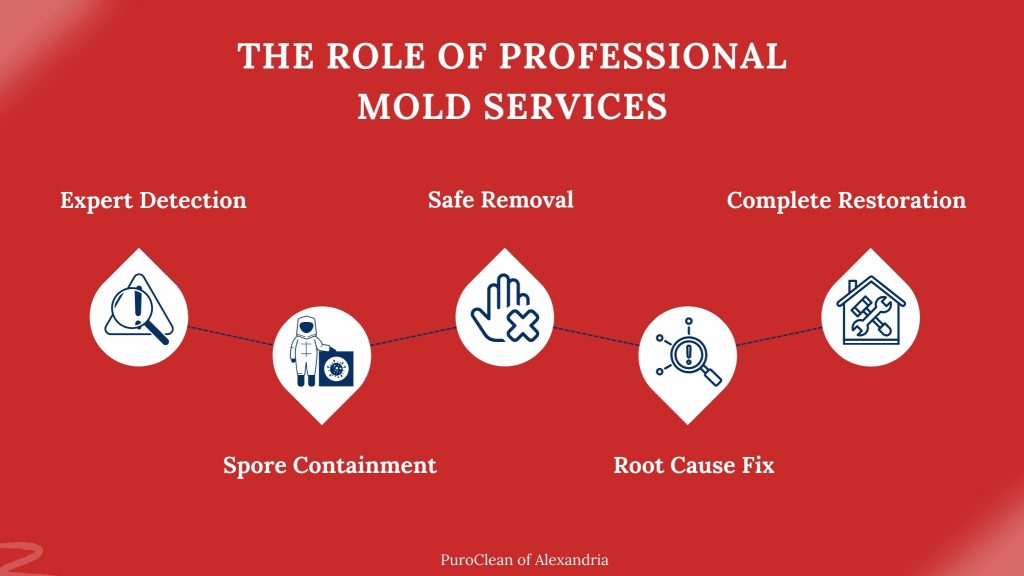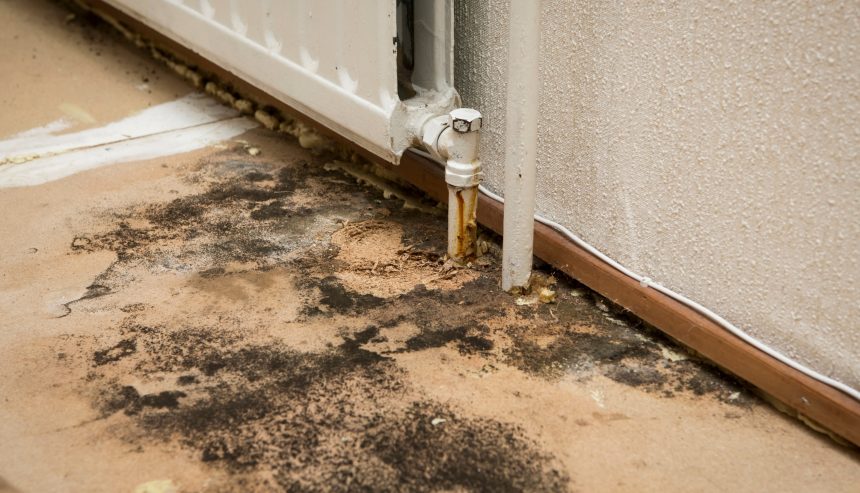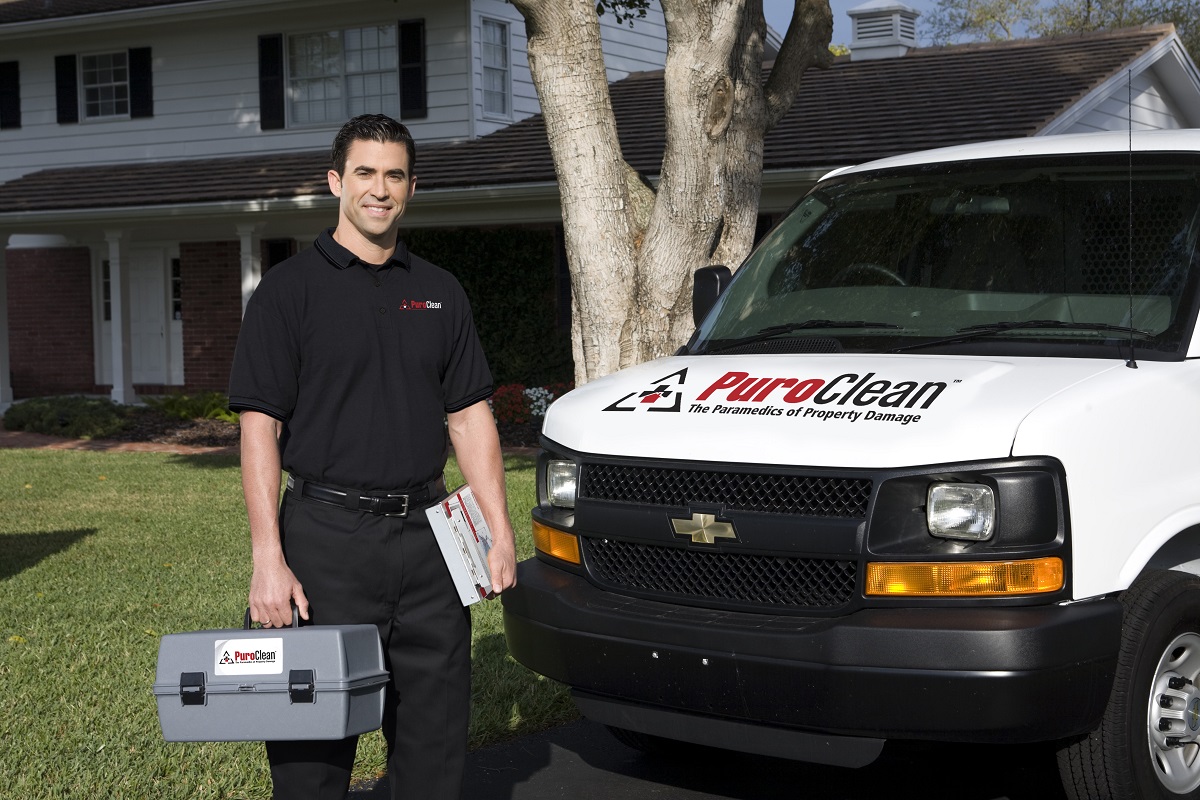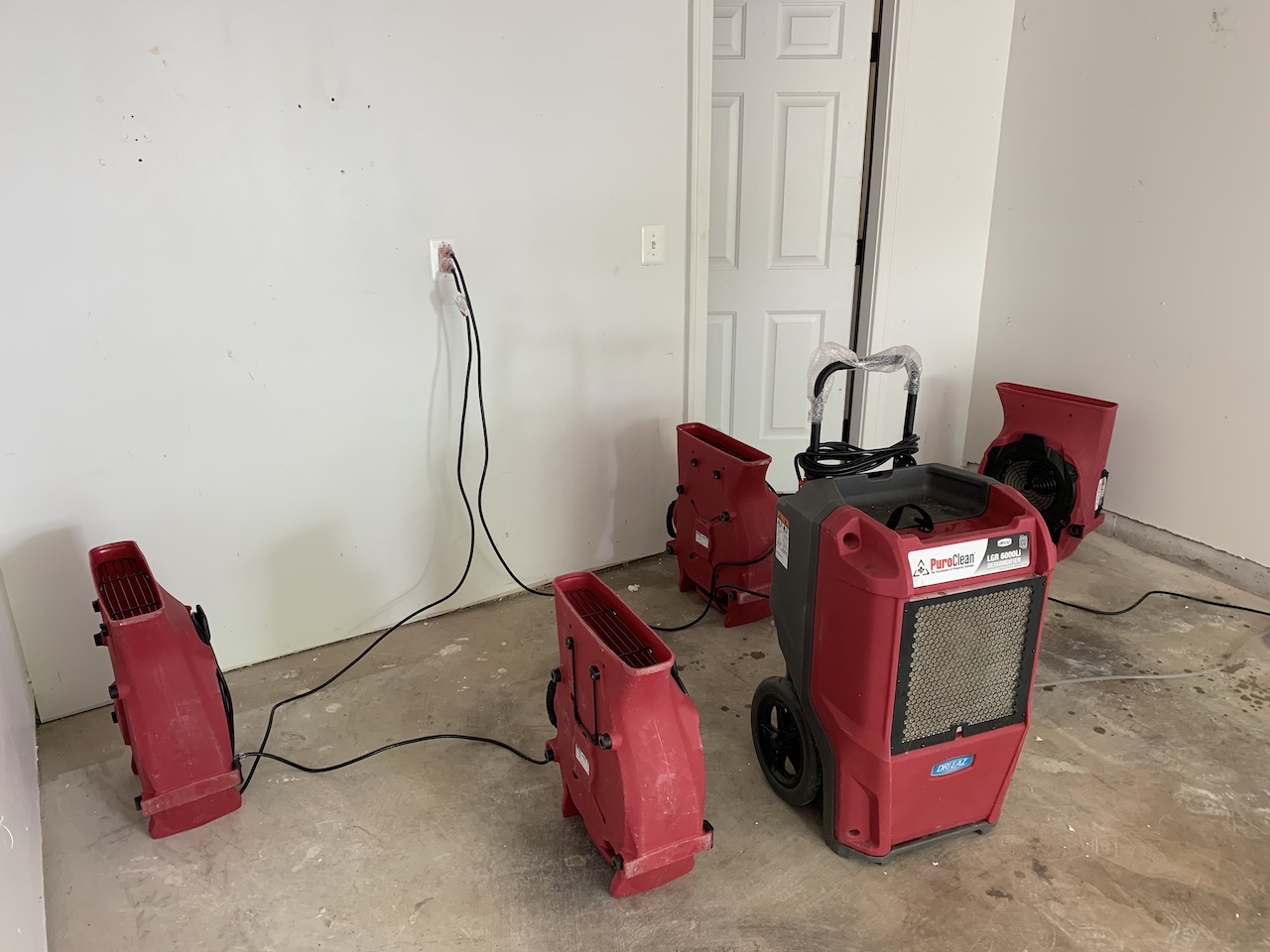Mold is a common household issue, but it can also be a serious one if not handled correctly. Whether it appears after a leak, flood, or just humidity buildup, taking the right steps to fix the problem is important. When people search for solutions, they often come across two terms: mold removal and mold remediation. These sound alike, but they mean different things.
Understanding the difference can help you make a better decision for your home, health, and safety. In this blog, we will explain both terms in simple language and help you figure out which service is best for your situation.
Understanding the Difference Between Mold Removal and Remediation
Before deciding how to handle mold in your home, it’s important to know what each method involves and how they work. Mold removal and mold remediation are not the same thing, and choosing the wrong one can lead to wasted time and money.
What Is Mold Removal: Mold removal is often the first idea that comes to mind when mold is discovered. It refers to cleaning or scrubbing mold from visible surfaces using cleaning products. This is a quick fix, but it only works on what can be seen. Mold can grow deep inside materials like drywall or wood, and removal alone may not fully solve the problem.
What Is Mold Remediation: Mold remediation is a complete process aimed at identifying, treating, and controlling mold growth in the entire space. It not only cleans up what is visible but also addresses hidden mold and prevents it from returning. This process focuses on long-term safety and health by restoring mold levels to normal, acceptable amounts. Below are the key differences between these two.
Key Differences Between Mold Removal and Mold Remediation
Now that both terms are clear, let’s look at how they are different. These differences are important when choosing a solution that works.
- Mold removal focuses only on visible mold without addressing the source of the issue.
- Mold remediation includes a full inspection and targets both visible and hidden mold.
- Removal is usually a surface cleaning that provides short-term relief.
- Remediation offers a long-term solution by fixing moisture problems and stopping regrowth.
- Basic tools and cleaners are often used during removal, while remediation uses special equipment and trained professionals.
- Mold removal may leave spores behind that can spread again, while remediation works to eliminate spores from the air and surfaces.
Making an informed decision between the two can help protect both your property and your health.
Why Mold Remediation Offers Better Results
Mold remediation is more than just cleaning. It is a full service that not only clears the problem but also creates a healthy space moving forward.
It is especially helpful when mold affects large areas or keeps returning even after cleaning. People with allergies, asthma, or weakened immune systems are also safer when mold is properly treated through remediation.
Step-by-Step Breakdown of the Remediation Process
Understanding the steps involved can help you feel more confident when hiring help or planning your next steps. Here’s how mold remediation typically works.
- A thorough inspection is done to locate all affected areas and identify where moisture is coming from.
- Barriers and plastic sheets are set up to stop mold spores from spreading during the process.
- Air filtration devices clean the surrounding air to capture spores and improve indoor air quality.
- Any damaged materials that cannot be cleaned are safely removed and disposed of.
- Surfaces are carefully cleaned and treated using special solutions designed to kill mold.
- Repairs are completed, and any water issues like leaks or poor airflow are fixed to stop future growth.
Each of these steps plays a key role in making sure the mold is not only removed but also prevented from returning. By understanding the full process, you can better appreciate the value of a thorough and professional approach. Taking mold seriously from the start can lead to a healthier, safer living space.
When to Choose Mold Remediation Instead of Basic Removal
Some mold problems can be managed with cleaning, but many require more serious attention. Remediation becomes necessary when mold affects more than just one small area.
- If the mold covers more than ten square feet, remediation is usually the safest choice.
- If you have cleaned the same area more than once and mold keeps coming back, a deeper solution is needed.
- If someone in the house has frequent sneezing, coughing, or headaches when indoors, mold might be part of the problem.
- If there was a recent water leak or flood, it is likely that mold has formed behind walls or under flooring.
- If you plan to rent or sell the home, proper mold treatment helps meet safety and inspection standards.
Knowing when to move beyond surface cleaning and call for remediation can prevent bigger problems down the line. Acting early ensures your home stays safe, your air stays clean, and your mold problem doesn’t return stronger than before.
The Role of Professional Mold Services
Trying to deal with mold using household cleaners may work for very small areas, but serious mold issues require special tools and training. That is where professional mold services come in.
- Mold specialists can find and test for mold in places the average person might miss.
- Special air handling systems are used to contain spores and prevent them from spreading.
- Technicians remove contaminated materials safely to avoid health risks.
- The team will address ventilation or plumbing problems that helped mold grow in the first place.
- Full cleanup and repair services make your home safer and prevent future mold outbreaks.
Hiring professionals ensures the job is done thoroughly, safely, and according to proper standards. With expert help, you not only get rid of mold but also gain peace of mind knowing your home is truly protected.

Understanding the Costs and Long-Term Value
While mold remediation can be more expensive than a simple cleaning job, it delivers better protection and more value in the long run. The cost depends on the size of the area, how deeply the mold has spread, and what repairs are needed.
- Cleaning without fixing the problem may cause mold to return, leading to more damage and higher costs later.
- Investing in full remediation helps maintain the value of your property and avoids future repair bills.
- Many services offer warranties or follow-up visits, which give added peace of mind.
While the upfront cost may seem higher, the long-term savings and improved safety make mold remediation a smart and worthwhile investment. It’s not just about removing mold, it’s about protecting what matters most.
Making the Smart Choice for Your Home
Knowing the difference between mold removal and remediation can make a big difference in your results. One method cleans what you can see, while the other solves the whole issue and prevents it from coming back.
If your goal is long-term safety, better air quality, and a clean living space, mold remediation is the better option. Calling professional mold services helps ensure the job is done thoroughly and correctly.
FAQs
Q1. What are the signs of hidden mold in a home?
A: You may notice musty smells, discolored walls, or worsening allergy symptoms even when the mold is not visible.
Q2. Is it safe to clean mold with bleach?
A: Bleach may clean the surface, but it does not always kill mold on porous materials like wood or drywall.
Q3. Can mold remediation improve air quality?
A: Yes, remediation often includes air cleaning tools that reduce airborne spores and improve breathing conditions indoors.
Q4. How soon should mold be treated after water damage?
A: Mold can begin to grow within 24 to 48 hours, so quick action is recommended after any leaks or flooding.
Q5. Does homeowners’ insurance cover mold problems?
A: Some insurance policies cover mold if it results from a covered incident like a burst pipe, but many exclude damage from long-term neglect.



